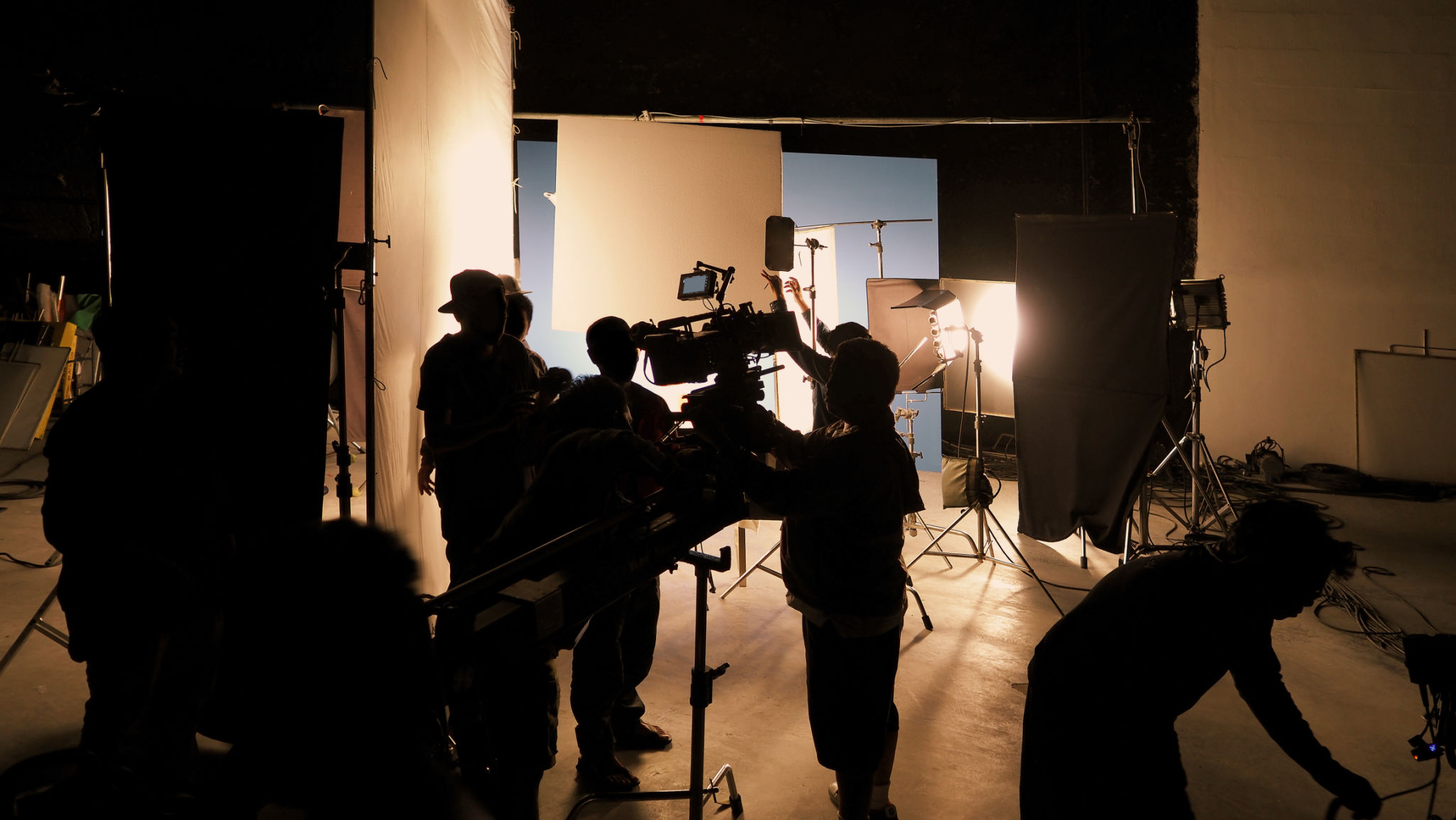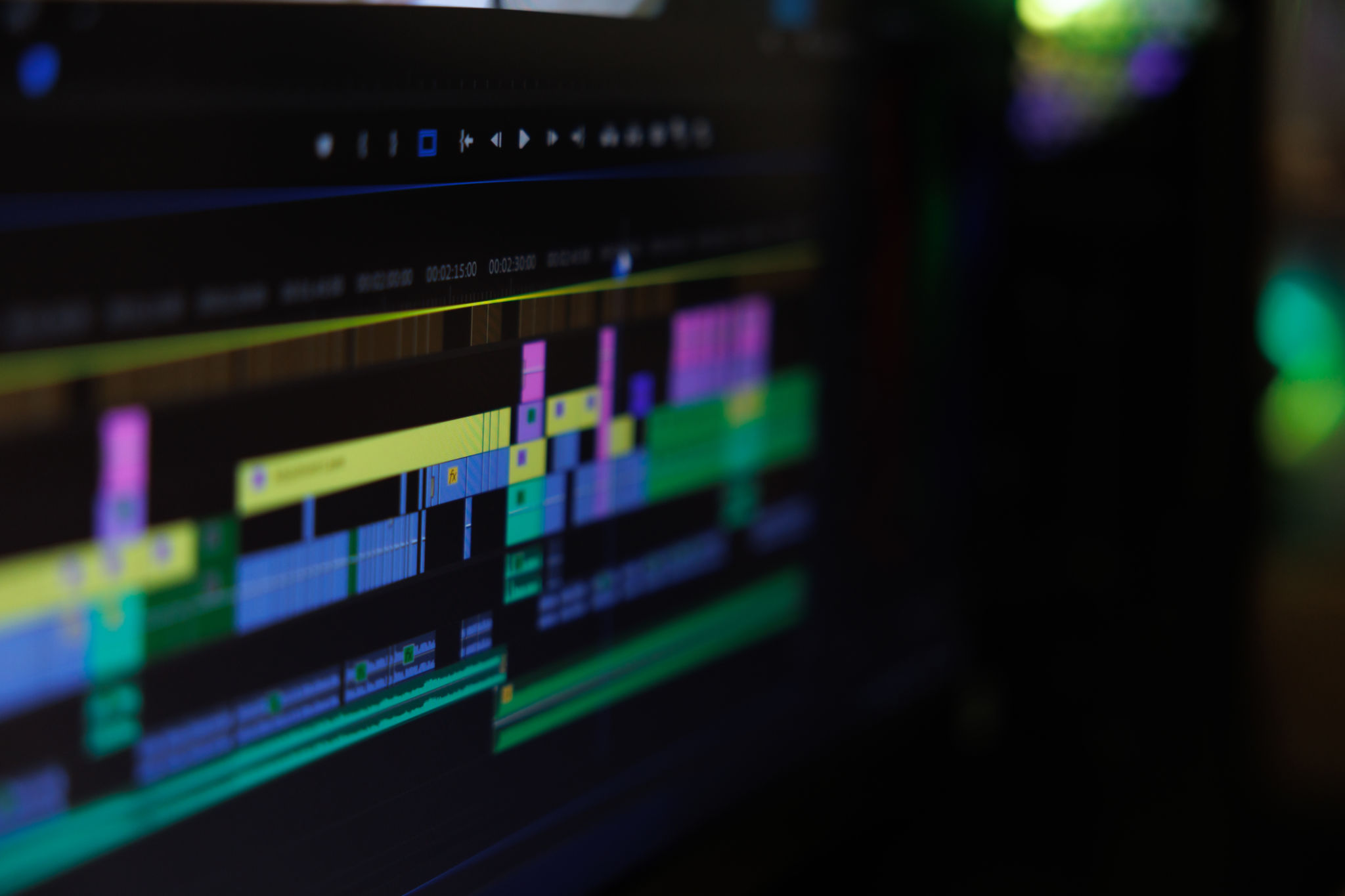Choosing Between AI and Traditional Video Production: A Comparative Guide
Introduction to Video Production Methods
In the realm of video production, the decision between utilizing Artificial Intelligence (AI) and traditional methods often depends on budget, time constraints, and desired outcomes. Both approaches have unique advantages and challenges, making the choice complex yet crucial for content creators and businesses alike.

Understanding AI Video Production
AI video production leverages advanced algorithms to automate various aspects of the video creation process. From editing to animation, AI tools can significantly reduce the time and effort needed to produce high-quality videos. These tools are particularly beneficial for projects requiring quick turnaround times or those with limited budgets.
One of the most significant advantages of AI in video production is its ability to analyze large data sets quickly, enabling creators to make data-driven decisions. Additionally, AI can automate repetitive tasks such as color correction and audio adjustments, freeing up creative professionals to focus on more strategic elements.
Traditional Video Production Techniques
Traditional video production, on the other hand, relies heavily on human expertise and creativity. This method often involves a team of professionals working collaboratively on different aspects of the project, such as scriptwriting, filming, and post-production editing. While this approach can be time-consuming and costly, it often results in more nuanced and polished content.

Moreover, traditional production allows for greater creative control and customization. Human editors and directors can add subtle touches that resonate emotionally with audiences, something AI currently struggles to replicate.
Comparing Costs and Efficiency
When it comes to costs, AI video production tends to be more budget-friendly due to reduced labor expenses. Many AI tools offer subscription-based models or pay-per-use pricing, making them accessible to smaller businesses or independent creators. Conversely, traditional methods often require significant financial investment in equipment, personnel, and studio time.
- AI Video Production: Cost-effective, fast turnaround, suitable for high-volume projects.
- Traditional Video Production: More expensive, longer timelines, ideal for bespoke or high-quality projects.
Quality and Personalization
The quality of the final product is a critical consideration when choosing between AI and traditional methods. AI can produce consistent results quickly but may lack the personalized touch that a human team can provide. Traditional production excels in creating unique and tailored content that aligns closely with the brand's voice and audience expectations.

For projects where storytelling and emotional impact are paramount, traditional methods may hold an edge. However, for straightforward or repetitive tasks, AI's efficiency cannot be overlooked.
Choosing the Right Approach for Your Needs
The choice between AI and traditional video production should align with your project's goals and resources. For businesses aiming for rapid content generation or those with budget constraints, AI offers a viable solution. Meanwhile, projects that require a high level of creativity and personalization might benefit more from a traditional approach.
- Evaluate your budget and timeline constraints.
- Consider the importance of creativity versus efficiency.
- Assess the technical complexity of your project.
Conclusion
In conclusion, both AI and traditional video production have their merits and can serve different needs effectively. By understanding the strengths and limitations of each method, you can make an informed decision that best suits your project's objectives. As technology continues to evolve, staying informed about advancements in both areas will ensure that you remain competitive in the dynamic landscape of video production.
